I must say that I think this is great. To clarify, I think the business end of it sure looks grim, but what did China expect after forcing Google to censor it’s web search? For those of you that aren’t aware, China censors the country’s Internet access to block all “offending” subjects from entering their citizen’s computers. What the exact definition of “offending” may be is anyone’s guess, but all the standards are sure to apply.
All this is controlled by the People’s Republic of China (PRC) and in total, there are over 60 regulations just on the Internet, which not only includes content blocking, but also the monitoring of Internet usage directly into people’s homes. This is all accomplished by enforcing these regulations at the state-owned ISP level. According to Wikipedia, in December of 1997, these regulations were entered into law:
No unit or individual may use the Internet to create, replicate, retrieve, or transmit the following kinds of information:
- Inciting to resist or breaking the Constitution or laws or the implementation of administrative regulations;
- Inciting to overthrow the government or the socialist system;
- Inciting division of the country, harming national unification;
- Inciting hatred or discrimination among nationalities or harming the unity of the nationalities;
- Making falsehoods or distorting the truth, spreading rumors, destroying the order of society;
- Promoting feudal superstitions, sexually suggestive material, gambling, violence, murder;
- Terrorism or inciting others to criminal activity; openly insulting other people or distorting the truth to slander people;
- Injuring the reputation of state organs;
- Other activities against the Constitution, laws or administrative regulations.
Of course, nobody really wants to promote that kind of stuff, but the idea of a government controlling this content is disturbing to say the least. Imagine how many doors this can open (or close for that matter). It is said that China has the strictest laws about what kind of content can be seen in its country and because of this, they also have the largest number of journalists and cyber-dissidents in the world!
Google says, “no way”.
Google’s position stems from their will to keep the Internet free of censorship and to provide a freedom of self-expression and free speech environment for the whole world to enjoy. And frankly, they do a damn good job of it. At this time, it’s not completely official, but the plan is to be out of China by April 10th. Currently, Google is operating under the Google.cn domain name with censored search results and if the site does go dark, it may still be possible for Chinese web surfers to access Google through our Google.com domain–that is of course if the PRC doesn’t block all of Google entirely.
This is what the homepage of Google.cn appears like today:
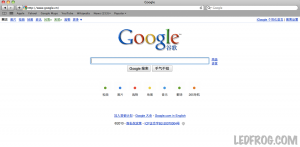
Google.cn homepage on April 11th,
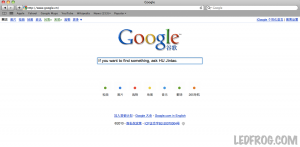
Let’s just hope this whole thing isn’t powerful enough to complete sever ties between our two countries.
::UPDATE:: Google.cn is now forwarding traffic to Google.com.hk (the Hong Kong Google) which was supposed to allow Chinese surfers to view uncensored search results, but it looks like it’s backfiring on them because China is till censoring Internet traffic at higher levels. I have a feeling this virtual war is going to be bad.
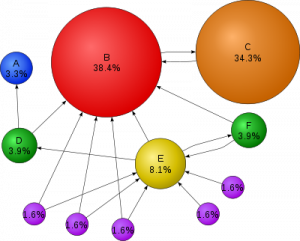
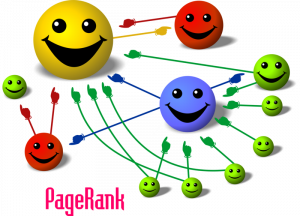 general idea. Higher PageRank sites are considered “authorities” on their subject matter and are therefore granted with the ability to make other sites more important in terms of search rankings. The thought process behind this is that the high PageRank site is a legitimate site with actual, helpful information and in turn, they are rewarded for their quality contributions to the Internet. Google then realizes that if these site’s are going to link to someone else, they must be serious about it, so they allow the PageRank to “flow” to the next location.
general idea. Higher PageRank sites are considered “authorities” on their subject matter and are therefore granted with the ability to make other sites more important in terms of search rankings. The thought process behind this is that the high PageRank site is a legitimate site with actual, helpful information and in turn, they are rewarded for their quality contributions to the Internet. Google then realizes that if these site’s are going to link to someone else, they must be serious about it, so they allow the PageRank to “flow” to the next location.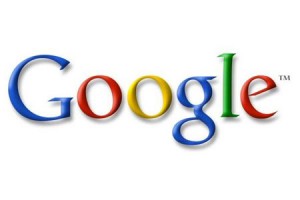 any problems with this, but the whole story got me thinking about trademarks in general and the ensuing battles between stakeholders. More specifically, I started thinking about trademarks becoming genericized and what would happen to if Google™ simply became, google…
any problems with this, but the whole story got me thinking about trademarks in general and the ensuing battles between stakeholders. More specifically, I started thinking about trademarks becoming genericized and what would happen to if Google™ simply became, google…